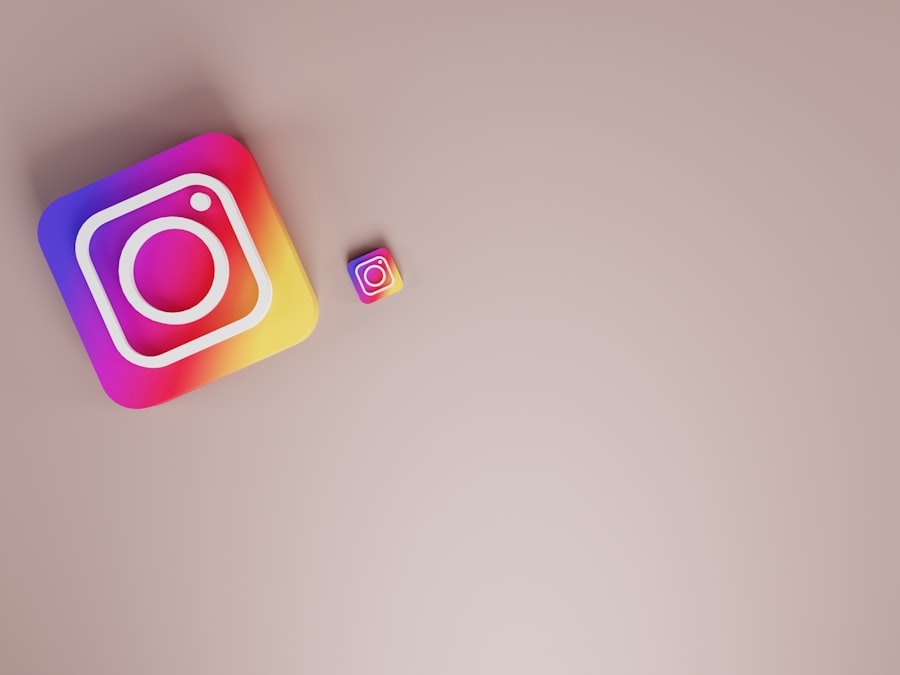In order to improve your time management skills, it’s important to first assess your current habits and routines. Take some time to reflect on how you currently spend your time each day. Are you constantly feeling rushed and overwhelmed? Do you find yourself procrastinating on important tasks? Are you easily distracted by social media or other non-essential activities? By honestly evaluating your current time management practices, you can identify areas for improvement and make necessary changes.
Another way to assess your time management is to track your activities for a few days. Keep a detailed log of how you spend each hour of the day. This will give you a clear picture of where your time is being spent and where you may be wasting time. Additionally, consider asking for feedback from colleagues, friends, or family members. They may have valuable insights into your time management habits that you may not have considered. By taking the time to assess your current time management, you can gain a better understanding of your strengths and weaknesses in this area.
Key Takeaways
- Assess how you currently manage your time to identify areas for improvement
- Prioritize tasks based on urgency and importance to maximize productivity
- Set realistic goals and deadlines to avoid feeling overwhelmed and stressed
- Minimize distractions such as social media and unnecessary meetings to stay focused
- Use time management tools and techniques like to-do lists and time blocking to stay organized and efficient
- Delegate tasks that can be done by others and outsource when necessary to free up your time
- Take regular breaks and restorative time to avoid burnout and maintain productivity
Prioritize Your Tasks
Once you have assessed your current time management, the next step is to prioritize your tasks. Not all tasks are created equal, and it’s important to focus on the most important and urgent ones first. One effective way to prioritize tasks is to use the Eisenhower Matrix, which categorizes tasks into four quadrants: urgent and important, important but not urgent, urgent but not important, and neither urgent nor important. By using this method, you can quickly identify which tasks require immediate attention and which can be delegated or postponed.
Another helpful strategy for prioritizing tasks is to use the ABC method. Assign each task a letter (A, B, or C) based on its importance, with A being the most important and C being the least. Within each category, you can further prioritize tasks by assigning them a number based on their urgency. By using these methods, you can ensure that you are focusing your time and energy on the tasks that will have the greatest impact on your goals and objectives.
Set Realistic Goals and Deadlines
Setting realistic goals and deadlines is essential for effective time management. Without clear objectives, it’s easy to become overwhelmed and lose focus. When setting goals, it’s important to make them specific, measurable, achievable, relevant, and time-bound (SMART). This will help you stay on track and ensure that your goals are attainable within a reasonable timeframe.
In addition to setting goals, it’s important to establish deadlines for each task or project. Deadlines create a sense of urgency and help prevent procrastination. When setting deadlines, be sure to consider the level of effort required for each task and allocate enough time to complete it without feeling rushed or stressed. It’s also helpful to break larger goals into smaller, more manageable tasks with their own deadlines. This will make it easier to track your progress and stay motivated as you work towards achieving your goals.
Minimize Distractions
| Metrics | Data |
|---|---|
| Number of distractions | 15 |
| Distraction-free hours | 20 |
| Distraction incidents | 5 |
Distractions can significantly impact your ability to manage your time effectively. Whether it’s constantly checking your phone, responding to emails as soon as they come in, or engaging in non-essential conversations, distractions can derail your productivity and focus. One way to minimize distractions is to create a designated workspace that is free from potential interruptions. This could be a quiet corner of your home, a private office, or a designated desk in a shared workspace.
Another effective strategy for minimizing distractions is to set specific times for checking emails and engaging in social media. By batching these activities into designated time slots throughout the day, you can avoid the constant interruptions that come with responding to every notification as it comes in. Additionally, consider using noise-cancelling headphones or playing background music to help block out any external distractions. By taking proactive steps to minimize distractions, you can create an environment that is conducive to focused and productive work.
Use Time Management Tools and Techniques
There are countless time management tools and techniques available to help you improve your productivity and efficiency. One popular tool is the Pomodoro Technique, which involves working for 25 minutes followed by a 5-minute break. This cycle is repeated four times, after which a longer break of 15-30 minutes is taken. This method helps maintain focus and prevent burnout by breaking work into manageable intervals.
Another useful tool is a task management app or software that allows you to create to-do lists, set deadlines, and track your progress on various projects. These tools can help you stay organized and ensure that nothing falls through the cracks. Additionally, consider using a calendar or planner to schedule your tasks and appointments, as well as setting reminders for important deadlines.
Delegate and Outsource

Delegating tasks to others can be a valuable time management strategy, especially when you have more on your plate than you can handle. Identify tasks that can be outsourced or delegated to colleagues or employees who have the necessary skills and capacity to take them on. This will free up your time to focus on higher-priority tasks that require your expertise.
When delegating tasks, it’s important to clearly communicate expectations and provide any necessary resources or support to ensure success. Trusting others to handle certain responsibilities can help alleviate some of the pressure and allow you to concentrate on tasks that are more critical to your role or goals. Additionally, consider outsourcing tasks that fall outside of your expertise or are more efficiently handled by external professionals, such as accounting, graphic design, or administrative support.
Take Breaks and Restorative Time
Taking regular breaks and incorporating restorative activities into your schedule is essential for maintaining productivity and preventing burnout. It’s easy to fall into the trap of working non-stop in an effort to get more done, but this approach often leads to decreased focus and energy over time. Instead, schedule short breaks throughout the day to rest and recharge.
In addition to short breaks, it’s important to incorporate longer periods of restorative time into your schedule. This could include activities such as exercise, meditation, spending time with loved ones, or engaging in hobbies that bring you joy and relaxation. By taking care of your physical and mental well-being, you’ll be better equipped to handle the demands of work and maintain a healthy work-life balance.
In conclusion, improving your time management skills requires a combination of self-awareness, strategic planning, and consistent effort. By assessing your current time management practices, prioritizing tasks, setting realistic goals and deadlines, minimizing distractions, using time management tools and techniques, delegating and outsourcing when necessary, and incorporating regular breaks and restorative time into your schedule, you can enhance your productivity and achieve greater success in both your personal and professional endeavors.
Check out Rachel Karten’s latest article on the importance of creating a strong online presence in the digital age. In her insightful piece, she discusses the impact of a well-crafted website and how it can elevate your brand. For more valuable insights, visit Seemless Press and explore their collection of thought-provoking articles on digital marketing and branding strategies.
FAQs
What is a “link in bio”?
A “link in bio” refers to the single clickable link that users can include in their social media profiles, particularly on platforms like Instagram and Twitter. This link is often used to direct followers to external websites, blog posts, products, or other content.
How do I add a link in my bio on Instagram?
To add a link in your Instagram bio, go to your profile and click on “Edit Profile.” In the “Website” field, enter the URL you want to link to and click “Submit” or “Save” to update your bio with the link.
Why is the “link in bio” important for social media users?
The “link in bio” is important for social media users because it provides a way to drive traffic to external content, such as a personal website, blog, online store, or promotional landing page. Since many social media platforms limit the number of clickable links in posts, the “link in bio” serves as a valuable tool for directing followers to specific content.
Are there tools or services available to optimize the “link in bio” on social media?
Yes, there are several tools and services available that allow users to optimize their “link in bio” on social media. These tools often provide features such as link tracking, link scheduling, link customization, and the ability to include multiple links in a single bio link. Some popular examples include Linktree, Bio.fm, and Lnk.Bio.
Can I change the “link in bio” on social media platforms frequently?
Yes, most social media platforms allow users to change the “link in bio” as frequently as they like. This flexibility enables users to promote different content, products, or events by updating the link in their bio as needed.





